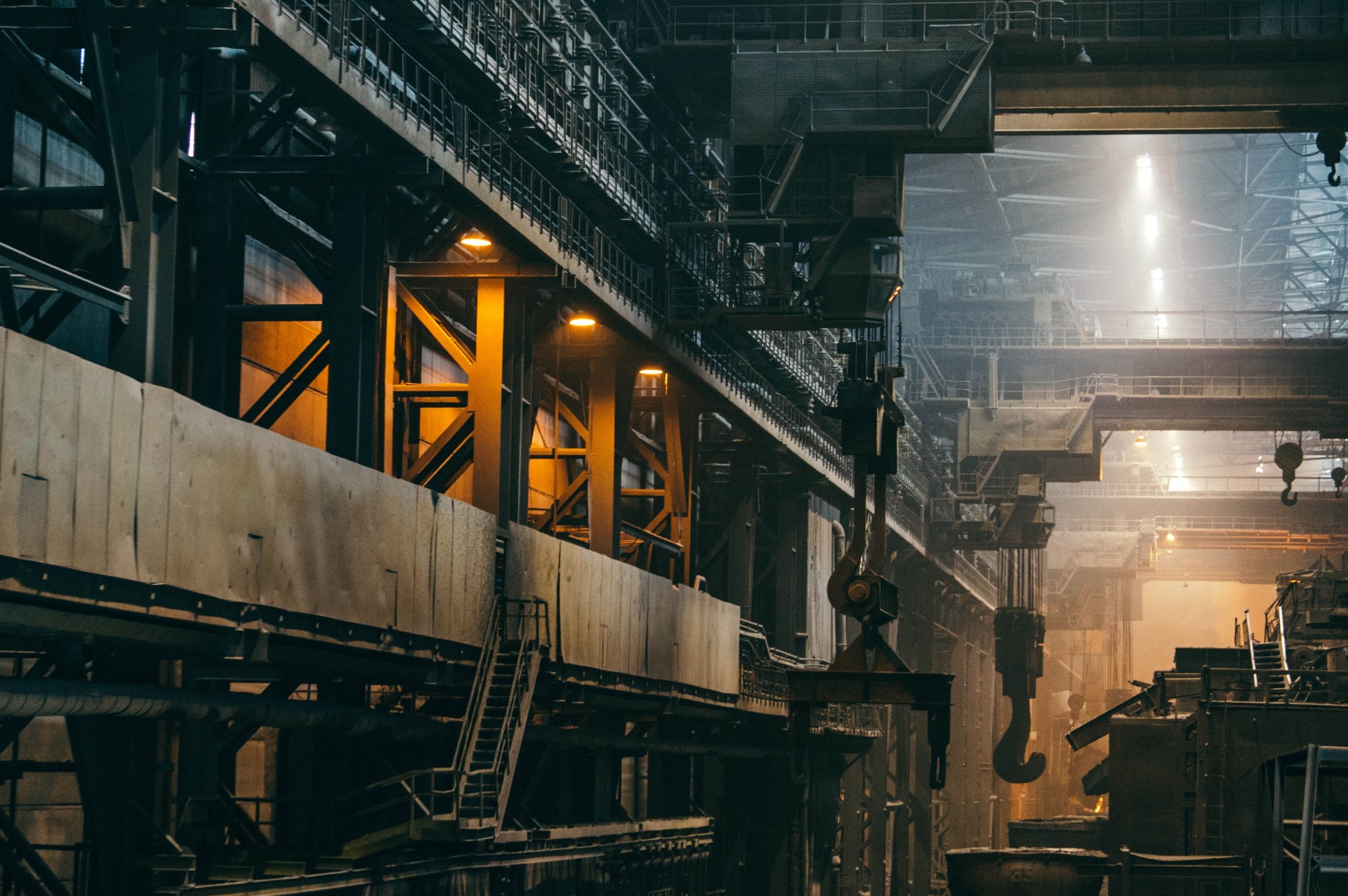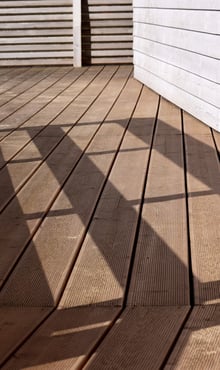
The more information we collect about materials that are harmful to the Earth, and the more we put that information into effect, the safer our planet will be. Enter the Red List.
Download a free PDF version of this report to share with your colleagues and friends!
We’re all about transparency. The more you know, and all that.
Distressingly, transparency is often hard to find in the building industry – especially when it comes to materials on which designers, architects, contractors and builders rely. Too often, this leads to throwing one’s arms in the air and crying “Uncle!” rather than making an informed choice.
Boo.
Many organization have tried to clarify the subject, but confusion still remains. In order to combat it, the International Living Future Institute designed the Declare label, which they explain as “the nutrition label for products.” Now green builders and green roofers can look for that shiny sticker when purchasing materials for their projects.
But what is that sticker based on? What exactly is allowed ... and perhaps more importantly, not allowed when building green infrastructure?
That’s where the Red List comes in. Recently we were lucky enough to catch up with Alex Co from the International Living Future Institute, and he gave us the rundown.
What Is the Declare Label?
 In a nutshell, the Declare label helps stakeholders better understand the materials choices they make on a daily basis. This is not business as usual, Co explains.
In a nutshell, the Declare label helps stakeholders better understand the materials choices they make on a daily basis. This is not business as usual, Co explains.
“The norm in the industry is that there’s competition and proprietary formulations that aren’t usually publicly shared,” he says. While he admits that makes sense in some ways, it also makes it difficult for builders to do right by the environment. The International Living Future Institute (ILFI) wanted to change that. “We suddenly issued this challenge to architects and The Man, who weren’t equipped for or used to fielding those types of requests.”
According to their website, “Declare is a transparency platform and product database that is changing the materials marketplace.” More specifically, “A Declare label answers three questions: Where does a product come from? What is it made of? Where does it go at the end of its life?”
Co adds that the ILFI “conceived of this label as a tool that would become a common language for manufacturers, architects and designers to facilitate this type of ingredient disclosure.” It would help contractors match materials to indoor air quality standards, understand the safety of certain chemicals and, where possible, source materials close to the building site.
The label uses a color-coded system. Ingredients are listed either as unrestricted (in grey), as US EPA and EU REACH “chemicals of concern” (in light orange), and Living Building Challenge Red List (in dark orange). As the color implies, the latter are the no-no chemicals.
Which leads to an obvious follow-up question: What exactly is on the Living Building Challenge Red List?
What Is the Living Building Challenge Red List?
 The Red List includes hundreds of materials and chemicals most of concern to human health and the environment.
The Red List includes hundreds of materials and chemicals most of concern to human health and the environment.
They are “the worst in class materials prevalent in the building industry,” explains their site, chemicals that are “Polluting the environment; Bio-accumulating up the food chain until they reach toxic concentrations; [and] Harming construction and factory workers.”
You can find a full list of alphabetized Red List materials and chemicals at the above link (scroll to the bottom to download the spreadsheet.)
“The ideal situation is that we’re continuing to see more building projects within our standards and prompting people to think more critically about the products they’re using in their projects,” Co says. “If [construction] teams can develop a basic knowledge for how to obtain this information, where they know what chemical groups are of concern and why, then they can start applying that knowledge to projects.”
Of course, even the best laid plans are not without challenges.
What Are the Challenges Inherent in the Red List?
 Unfortunately, the Red List can’t answer every question about which materials are best for a project.
Unfortunately, the Red List can’t answer every question about which materials are best for a project.
For instance, imagine a material that steers clear of Red List materials, but can’t be sourced close by. Should a contractor buy that material even if it is 2,000 miles away, despite the fact that both the Declare label and LEED certification standards specify closer provenance?
Similarly, some products last much longer with the addition of a Red List chemical, in which case, how do you balance longevity – with the attendant reduction in the use of virgin resources – with the use of toxins?
Ultimately, Co says, there’s no easy answer – and easy answers aren’t even the point. The Red List (and the Declare label in general) is just another great tool in the environmental toolkit.
“We put this charge out there to avoid Red List chemicals,” he says, while recognizing that some “products do require certain Red List ingredients. There’s some binding or performance requirement that means a chemical needs to be used, and research hasn’t advanced enough to meet that requirement otherwise. We’re learning more about that, and we’ve started making exceptions for it.”
That’s not the end of the story, though. “The intention is that we will allow it as a temporary exception,” Co explains, and that “[we] have the opportunity to no longer allow it once we or others in the industry identify better chemistries that meet the same requirements without those ingredients.”
How Can You Make a Difference Using the Red List?
 The great thing about the Red List and Declare label is that you can put both to use in your decision-making immediately.
The great thing about the Red List and Declare label is that you can put both to use in your decision-making immediately.
If you’re a manufacturer, you can learn more here. As for resources, the Declare database is a great starting point to rethink your specifications or to find products that meet specifications. Manufacturers may also find our Manufacturer's Guide useful for further guidance on program requirements, as well as the list of all currently allowed Temporary Exceptions in the program.
Ideally, the goal is to use as few Red List chemicals as possible, and to source your ingredients as close to home as possible. But any amount of progress is beneficial, says the ILFI, so don’t wait to get started.
If you’re a contractor, you can look for materials that avoid Red List chemicals and pursue transparency through Declare labels. And if you’re a consumer, you can ask contractors and building companies if they seek materials on these bases.
Would you like to learn more about green roof and urban gardening projects that steer clear of harmful materials while promoting urban ecology and stormwater management? Contact the ILFI to ask questions, or contact us at Ecogardens today.

